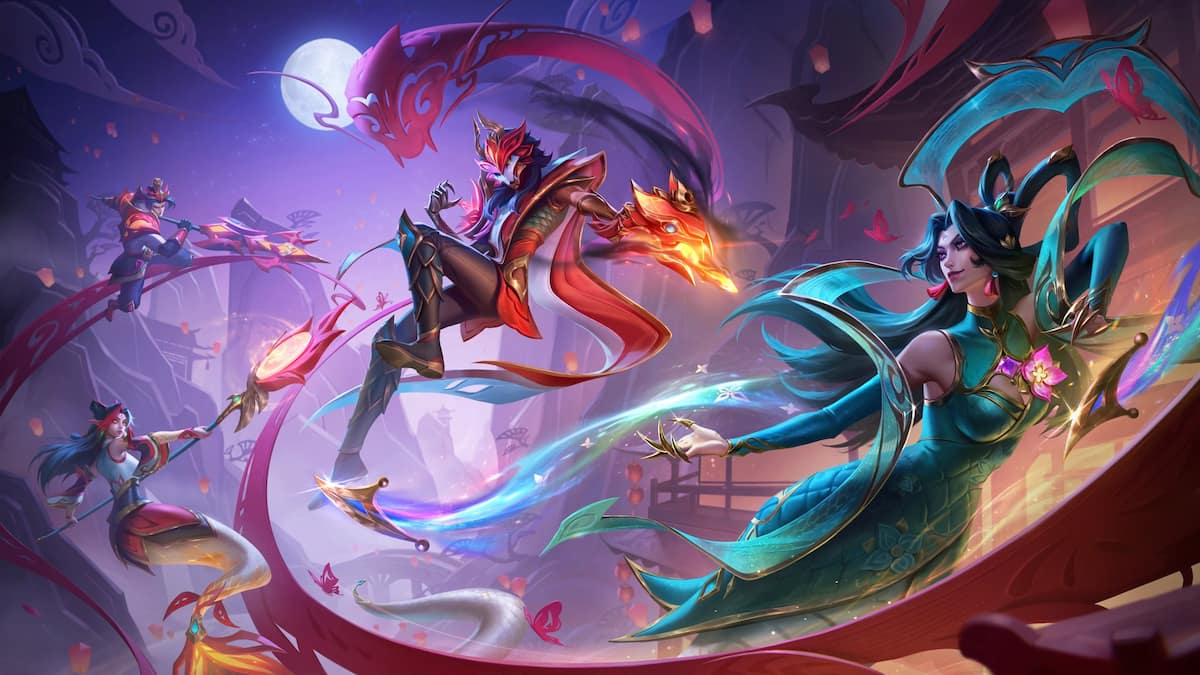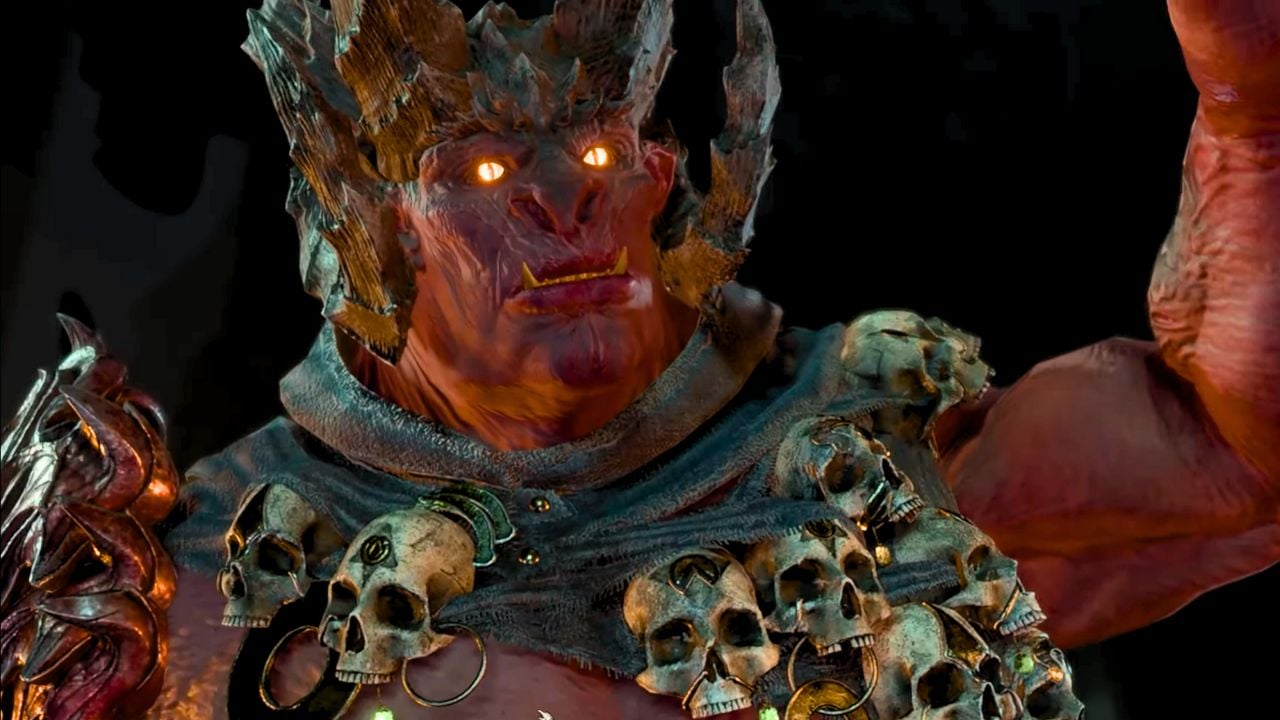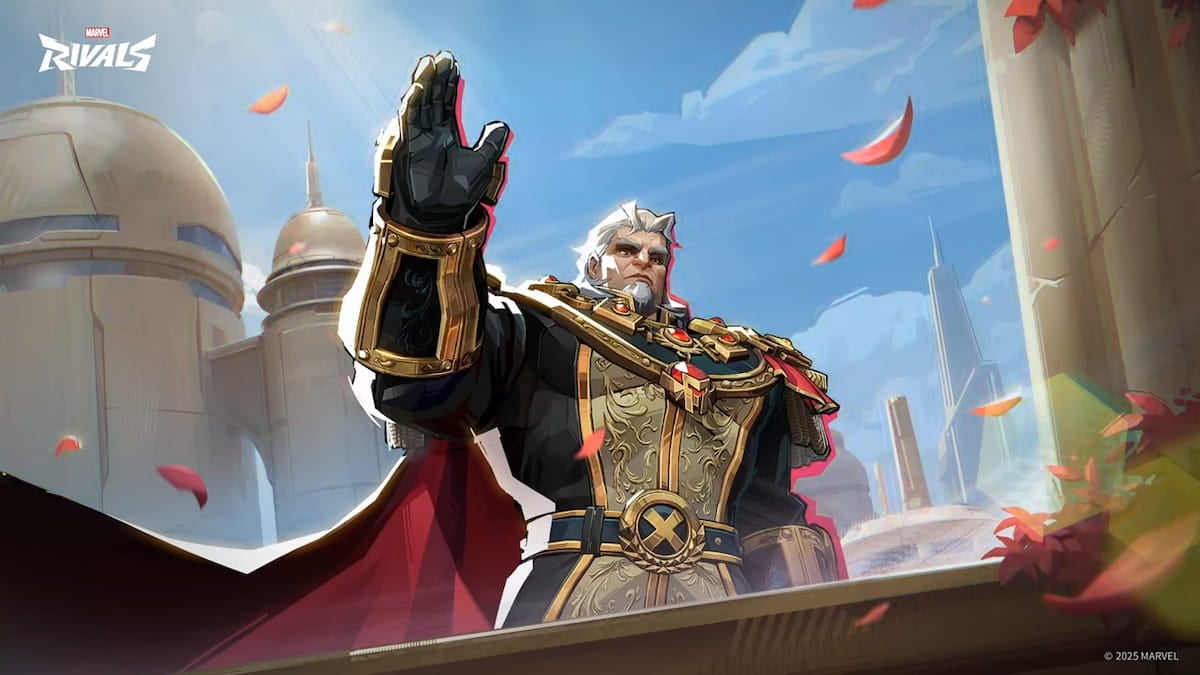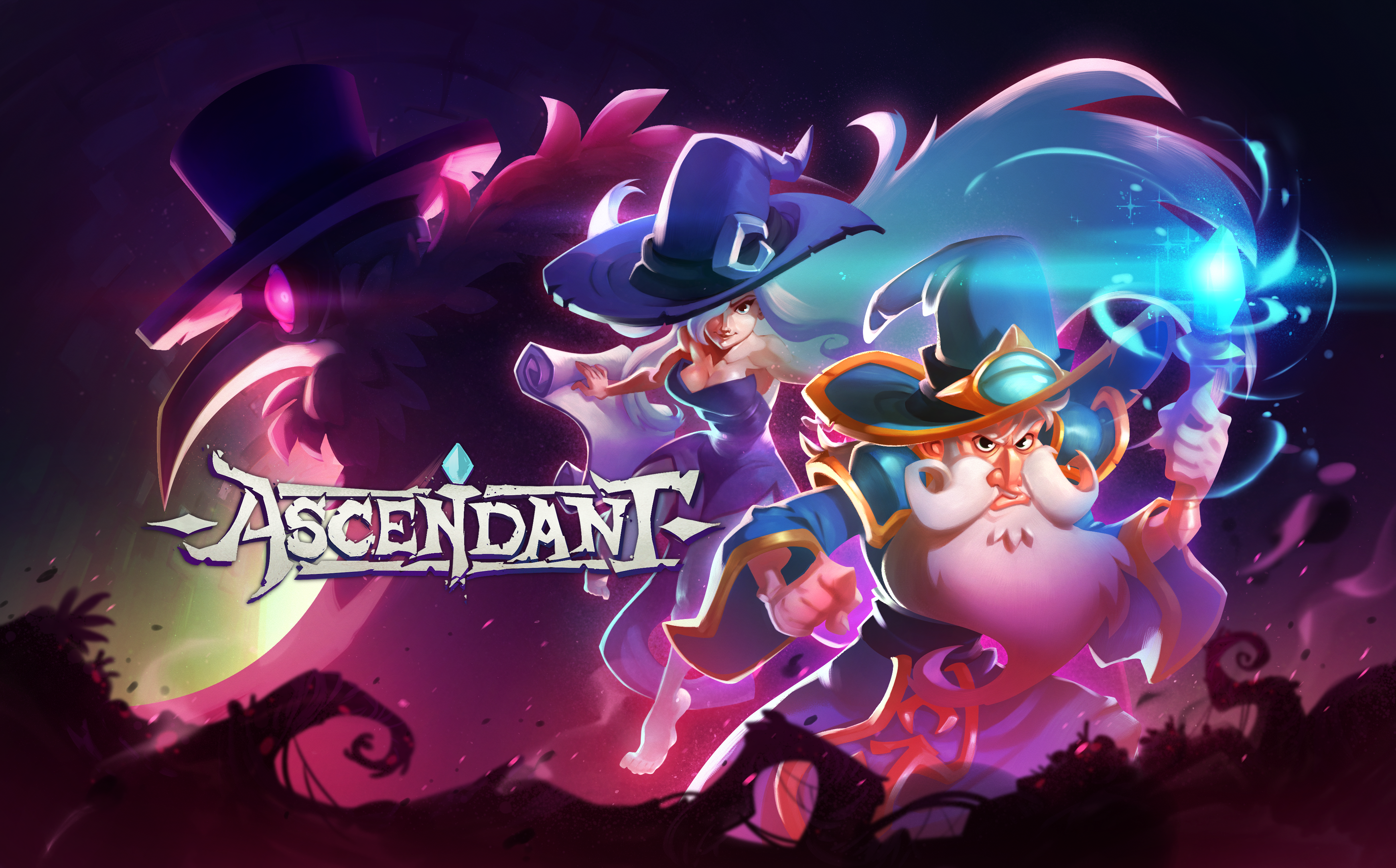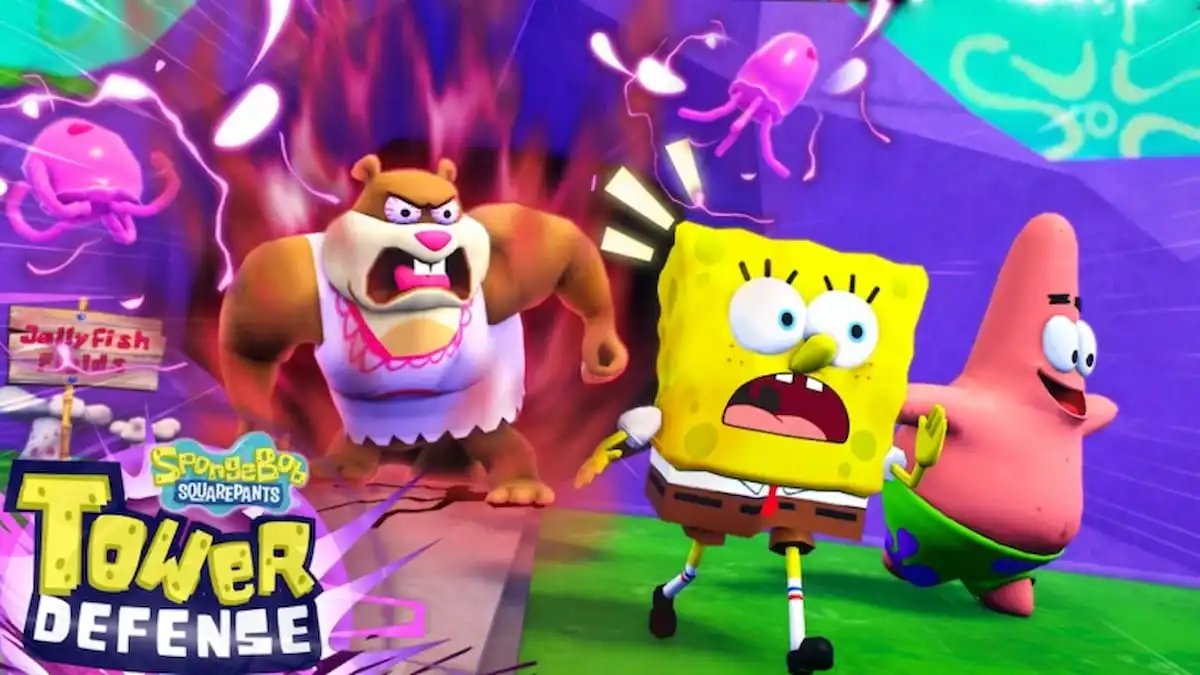
With the Release of Fallout 4's Next-Gen Update, It's Time To Give Fallout 4 Another Chance
Fallout is having a moment. Thanks to the new Fallout TV show being met with universal acclaim, the eight-year-old Fallout 4 is once again topping sales charts. Folks are drawing Lucy MacLean fan art, arguing over whether New Vegas is the best one, giving Interplay’s 1997 original a try, and tweeting about how much they’d like to make out with a ghoul.
As if all the excitement around the Amazon series wasn’t enough, Fallout 4 is also getting its long-awaited “next-gen update” for PlayStation 5, Xbox Series consoles, and PC. Originally announced in 2022 for a ’23 release, the update brings performance and quality-mode settings to console, native ultrawide support on PC, Steam Deck verification, a new faction quest line, and more to Bethesda’s 2015 RPG.
“Thou shalt get sidetracked by bullshit every goddamn time”
Fallout 4’s a game some of us never quite stopped playing, and yet it has a fairly lackluster reputation among the rest of the series. Its use of a fully voiced protagonist was controversial following Skyrim’s success without one, and the urgency of its main plot can be hard to ignore in comparison to New Vegas’s mailman-survives-gunshot setup. The consensus seems to be that folks prefer a blank-slate character like the ones in the Elder Scrolls games; a premise as specific as looking for your lost child doesn’t lend itself to telling your own stories in the tabletop tradition. If not for Courtenay Taylor’s outstanding performance as the female protagonist, I’d probably agree on both counts. But there’s so much more to this game than it gets credit for. From its colorful post-apocalyptic Boston to the characters who call it home, Fallout 4 is one of Bethesda’s finest works to date.
Where the studio’s first contribution to the series, Fallout 3, opened with a lengthy sequence inside one of Vault-Tec’s underground bunkers, Fallout 4 begins in a middle-class suburban home on the morning of the Great War. The 21st-century world lost in that nuclear fire is not some abstract concept, but a meticulously crafted environment. This is where you enjoy a morning coffee with your husband, entertain your newborn baby in his crib, and then, against your better judgment, sit down to watch the news.
Pistol-Packin’ Mama
Like Walton Goggins’s antihero the Ghoul (formerly Cooper Howard), Fallout 4’s player character has one foot in the distant past — including that fateful day, in October 2077, when atomic warheads rained down on China and North America.
“Thou shalt get sidetracked by bullshit every goddamn time,” the Ghoul tells Lucy in the new TV show. If you can embrace this truism and put off the search for your kidnapped infant, Shaun, Fallout 4 offers a wealth of open-world role-playing possibilities. Which is to say that getting sidetracked by bullshit isn’t just half the fun in Fallout 4; it’s the whole appeal of the game. (Your son’s safe and sound, by the way. He’s hardly worth the trouble.)
Bethesda Game Studios often takes a kind of toy-box approach to design, putting as many systems and ideas into a final product and its DLC as possible. A tutorial section guides the player through the basics, then the setting opens up in every direction, and you can be on your merry way. This has been the big draw of their games since at least Morrowind, and Skyrim and Fallout 4 are where they’ve best recaptured that magic in the years since. The world is in need of saving, your father or son is missing — but there’s so much else going on in the Commonwealth. Who wants to spend all their time chasing ghosts?
One qualification to all this is that you’re going to want to play the game with at least some of the DLC installed. If the main quest is Fallout 4’s greatest weakness — something it shares with Starfield, you might argue — then its Far Harbor expansion is the remedy.
In Far Harbor, you take on the role of private investigator, helping Kenji and Rei Nakano track down their missing daughter, Kasumi. (Seriously, Shaun’s fine.) She’s taken a boat up north, to an island off the coast of what once was Maine. You quickly learn that Kasumi has a passion for fixing up old electronics — something she picked up from her late “Granddad.” After repairing an old radio, she came into contact with a colony of synths, artificial people who fled the sinister Institute in the Commonwealth and took up residence in the ruins of old Acadia National Park. Suspecting that she might somehow be a synth herself, Kasumi sought out Acadia and its enigmatic leader, DiMA, who has a history with one of Fallout 4’s best companion characters: Nick Valentine.
Dear Hearts and Gentle People
Of course, you can point to the vampire Serana in Skyrim’s Dawnguard expansion or Starfield’s Sam Coe to argue with me here, but I don’t associate rich companion characters with Bethesda Game Studios titles the way I might with, say, BioWare or Larian. That’s just not what Skyrim is built on; it’s not why people go back to Morrowind or Fallout 3. But the companion characters in Fallout 4 are pretty phenomenal. I’m forever haunted by the great headline for Waypoint’s 2017 review “The Worlds of Mass Effect: Andromeda Aren’t Worth Saving.” When I first read that piece, my mind immediately went to Fallout 4’s Commonwealth, the fishing village of Far Harbor, and the great cast of characters Bethesda put together for their follow-up to Skyrim.
Fallout 4 is a game that opens with the destruction of the civilized world and pretty quickly hands the player a set of tools with which to rebuild it. Most players leave Vault 111 and make their way toward Concord, Massachusetts, where a man named Preston Garvey and a handful of civilians are holed up inside an old history museum. The place is littered with artifacts of the Thirteen Colonies and the Revolutionary War, and Garvey is among the last survivors of the Minutemen, a group descended from New England’s real-world colonial militia. There’s a case to be made that the Minutemen are the game’s defining addition to the greater lore of the Fallout universe. They’re a little squeaky-clean for an armed paramilitary, but their earnestness, and their philosophy of helping others — anyone in need — lends Fallout 4 a charm and replayability it might otherwise have lacked.
If helping people in trouble brings you joy in this sort of game, Preston Garvey’s going to love you. And you might even love him back. You can romance just about any companion in Fallout 4, though some offer greater depth than others due to their role in the narrative — Preston within the dynamic settlement-building system, Nick Valentine within the context of Far Harbor, Piper Wright within the ongoing saga of Diamond City and the inevitable search for Shaun.
Piper is another of Fallout 4’s strengths: a lone journalist seeking truth and justice in a town grown too comfortable with turning a blind eye to things. It’s a simplistic angle on the story of a corrupt city under the sway of an evil Institute, but there’s a reason people still adore and idolize Superman’s Lois Lane. Piper’s fight was relevant in 2015, and it’s even more relevant now.
One More Tomorrow
Many of Fallout 4’s pleasures seem small at first glance. Shooting a monster with the silenced Deliverer you get from the Railroad sounds cool, for instance; it feels good to switch on VATS and click the headshot command a few times. It’s fun to collect fusion cores and craft the power armor of your dreams. I like planting a garden, rebuilding Sanctuary Hills, and chasing that elusive “Benevolent Leader” achievement. Are these nobler pursuits than those found in New Vegas, Super Mario 64, or the latest Call of Duty? Of course not. But, for my money, their effect is cumulative. For all its flaws, there’s a beautiful game to be found in Fallout 4.
I remember my first (and worst) playthrough well. That November, some eight-odd years ago, I selected the default husband character, changed his name from Nate to Alex, and went straight for Diamond City to find my kid. I was not yet a parent in real life, ironically, but in retrospect that was the worst possible approach to the game. Like Morrowind or even Animal Crossing, Fallout 4 is less an authored story, where the goal is to turn the pages till you reach the end, than a place you inhabit on occasion.
Whether you’re becoming an old-time-radio vigilante, leading synths to freedom with the Railroad, taking a vacation to Nuka-World, or searching DiMA’s memories for buried secrets, the people of the Commonwealth — and the island up north — have always been worth saving.
Alex James Kane is the author of the Boss Fight Books entry on Star Wars: Knights of the Old Republic. He has written for various publications, including Fangoria magazine, IGN, Polygon, RogerEbert.com, and Variety. He lives in west-central Illinois.




